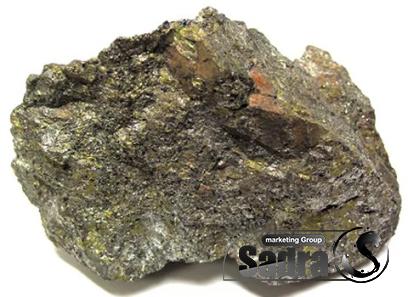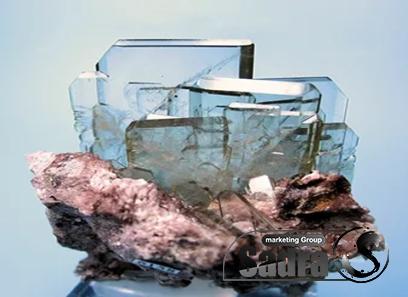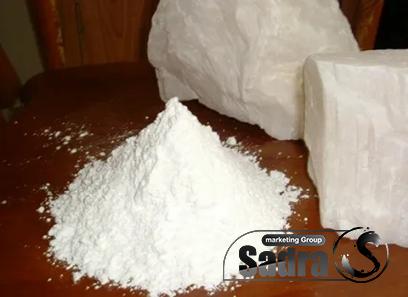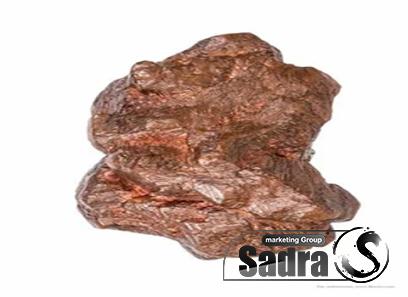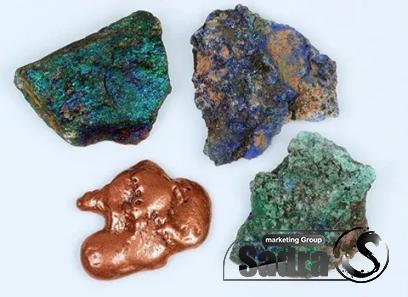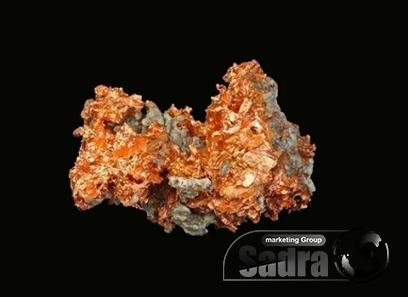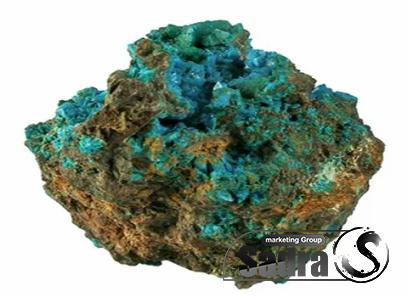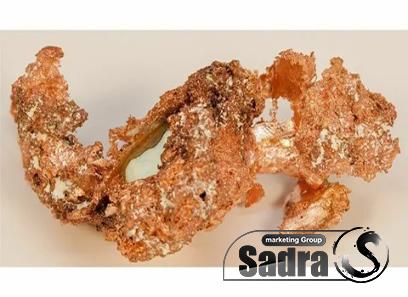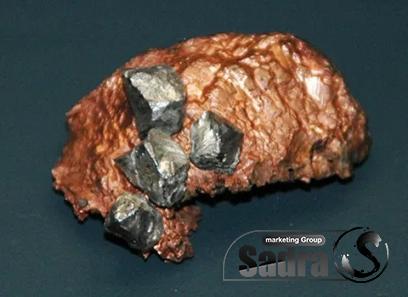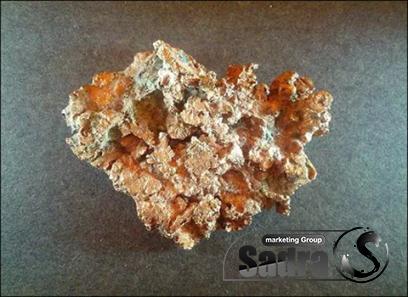Buy And Price Gilsonite Asphaltum Powder for Japanning
Here we are going to tell you the best powder for japanning which is made of Gilsonite asphaltum
The best formulas for reproducing an antique japanning finish are put to the test, and I explain exactly what japanning is at the same time
I also demonstrate how to japan a hand plane for you
Recipe: 50% Turpentine 30% Asphaltum/Gilsonite Linseed Oil, Boiled, at a rate of 20% combine everything, and then put it in the fridge for at least a day
If the mixture is too thick to be comparable to molasses or Nutella, add more turpentine; if it is too thin, add more asphalt
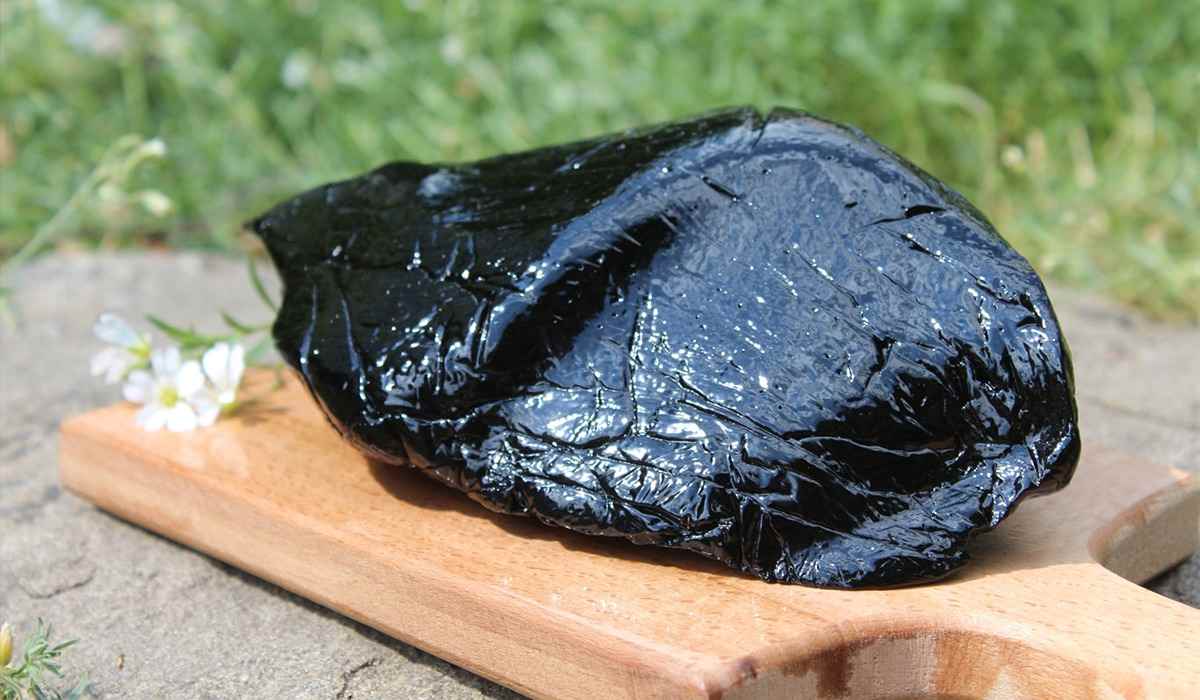
After adding any additional ingredients, you must wait at least 24 hours before using the mixture
Do not stir or shake the japanning until you are ready to paint since any particles that have not dissolved will be at the bottom of the container
Apply a single, very light application, then wait a few hours before baking the dish
After painting an object, place it in a cold oven and turn the temperature up to 200 degrees Fahrenheit for one hour
After that, allow it to cool
Repeat the previous step, this time baking it at 300 degrees for a further hour before allowing it to cool in the oven
After that, preheat the oven to 350 degrees Fahrenheit, then raise the temperature to 400 degrees Fahrenheit, and bake for a total of 30 minutes
If, after baking at 400 degrees Fahrenheit, the japanning is not yet firm, continue baking at 425 degrees Fahrenheit for one hour
After the initial layer has had enough time to properly harden, you can use sandpaper to make the surface smooth and then apply additional layers
You can apply additional coatings before baking at temperatures higher than 300 degrees Fahrenheit if you believe the initial layer has not been smoothed out enough
You also have the option of not baking this finish at all; however, you will need to wait at least 90 days for it to cure
It is possible that the curing process will go more quickly if Japan Dryer is added to the recipe
Put any japanning that won’t be used right away into a container with a secure lid
If the japanning becomes excessively thick or solidifies, you can always bring it back to life by adding more turpentine to the mixture
My goal is to get this information out there so that more people will test the recipe and experiment with it so that we can all get as close as we possibly can to a recipe that works
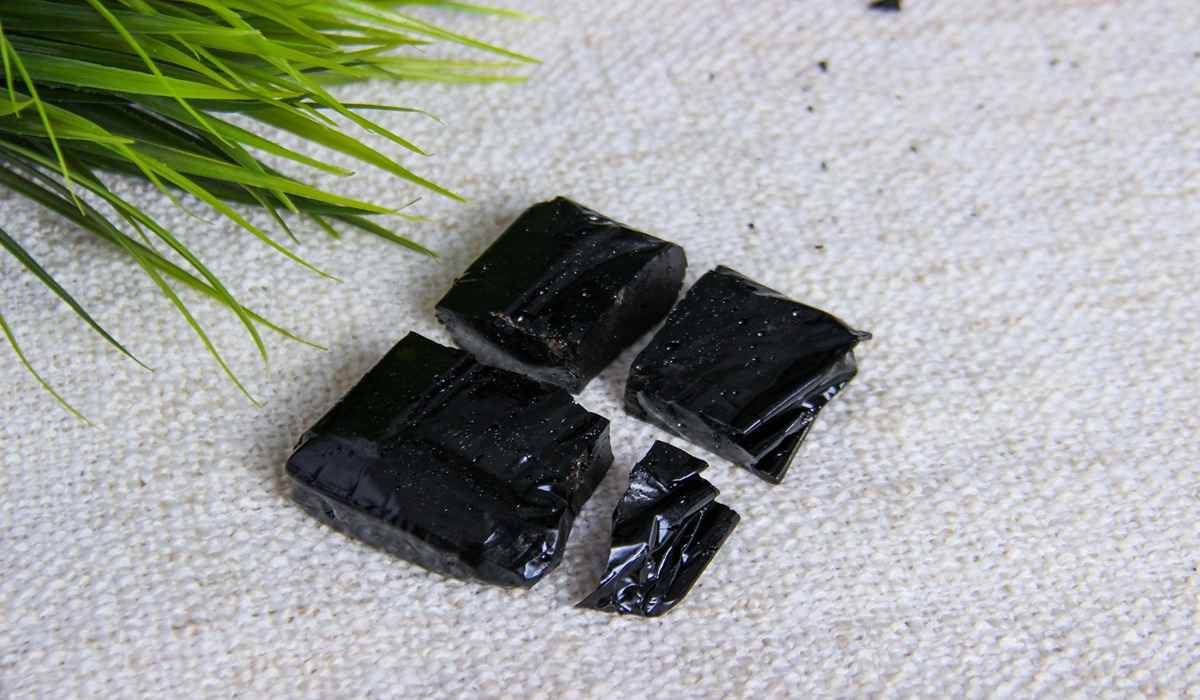
Gilsonite Asphaltum
Natural bitumen, or Gilsonite asphaltum, is a substance that is made up of crude oil and carried upward from rock reservoirs deep below the earth’s surface to the surface of the planet by traveling via fractures in the earth
In the event that natural bitumen makes its way to the surface of the earth, it will result in the formation of bitumen springs
On the other hand, if it remains close to the surface of the earth, it will slowly oxidize, become more rigid, and eventually transform into mineral bitumen
Gilsonite is a bituminous mineral that is extremely brittle and black in color
It may be easily broken into powder (Ameri et al
, 2011)
The substance known as Gilsonite, which is also known as natural bitumen, asphaltite, uintaite, or asphaltum, is analogous to the stiff bitumen found in petroleum (Huang et al
, 2006)
It is a hydrocarbon with a resinous structure that falls under the hydro carbonic category of the modifier classification system (Bahia et al
, 2001)
Gilsonite may be incorporated into asphalt mixtures either by first being pre-combined with bitumen and then subsequently blending directly with aggregates, or by first being pre-combined with bitumen and then subsequently blending directly with aggregates
It has been hypothesized that modifications made through the use of a wet procedure have a more significant impact on the mechanical properties of the asphalt mixture (Quintana et al
, 2016)
Gilsonite raises the viscosity of bitumen, which in turn decreases its ability to penetrate
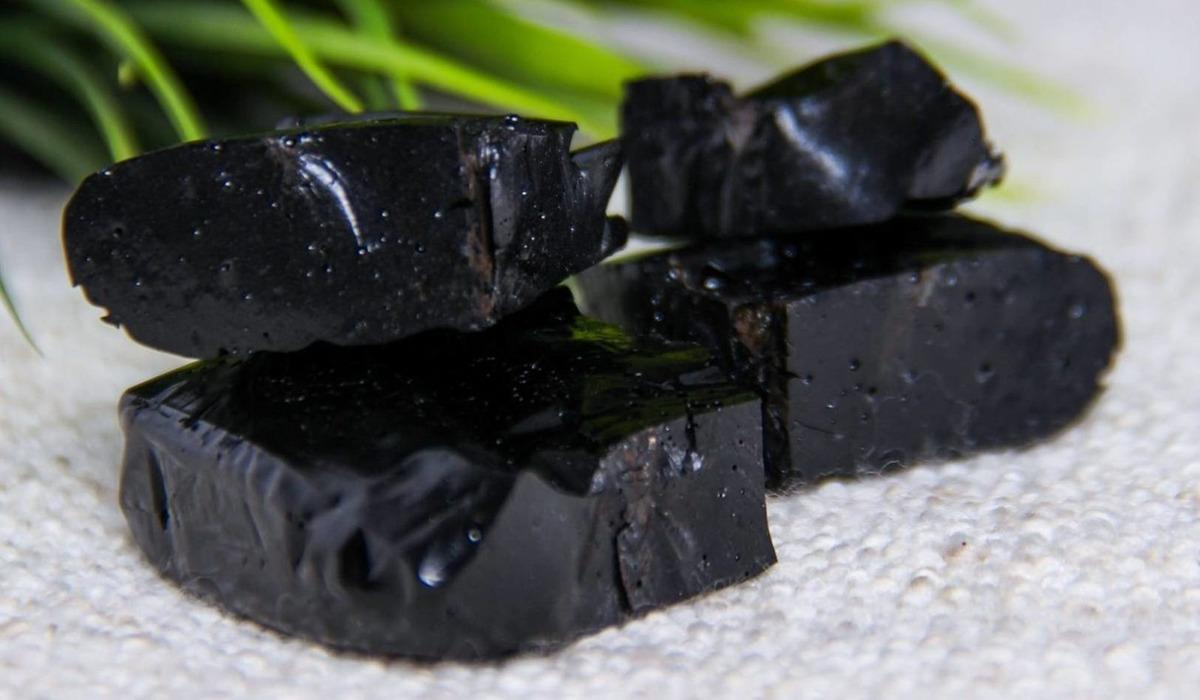
In addition, Gilsonite has a greater rigidity than typical bitumen due to its higher melting point, which results in a higher melting temperature (approximately 50 times higher than conventional bitumen)
The findings of an investigation that was carried out by Aflaki and Tabatabaee have demonstrated that raising the percentage of gilsonite that is present in bitumen both raises the viscosity of the bitumen and enhances its ability to withstand high temperatures
Gilsonite, on the other hand, has a detrimental impact on both the performance at intermediate and low temperatures (Huang et al
, 2006; Aflaki and Tabatabaee, 2009; Ameri et al
, 2012)
Other research has shown that adding gilsonite to asphalt can increase the high-temperature performance of bitumen, despite the fact that it makes asphalt more brittle at lower temperatures, which leads to the thermal cracking of asphalt concrete (Anderson et al
, 1999; Rajbongshi and Das, 2009)
The findings of the study that was carried out by Kok et al
(2011) demonstrated, among other things, that increasing the amount of Gilsonite in the material improves its resistance to rutting
They came to the conclusion that the use of Gilsonite has an influence on the high-temperature performance of bitumen that is comparable to the effect that the use of polymers such as styrene-butadiene-styrene has (SBS)
It is important to emphasize that the use of Gilsonite is more cost-effective than the use of polymers, particularly in light of the limited availability of butadiene which has led to a further increase in the price of SBS (Kok et al
, 2011)
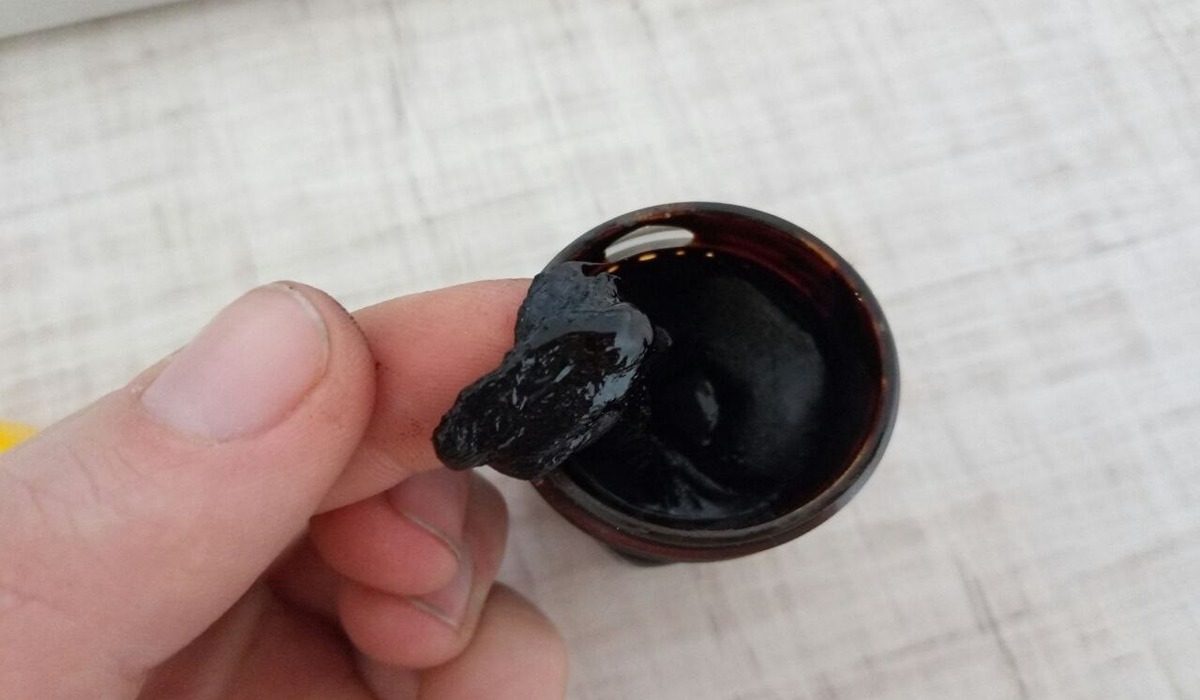
Because of this, having a good understanding of how this substance behaves as a bitumen modifier is vital
Not only does it increase the performance of asphalt concrete, but it also lowers the expenses associated with its production
Gilsonite was utilized as an intermediate layer by Huang et al
in order to lower the concentration of stress
Before being combined with the bitumen, the coarse aggregates in asphalt concrete are first covered with a thin film of stiff Gilsonite
After that, the bitumen is added to the mixture
In this way, asphalt concrete functions as a three-layered composite mixture
The findings of their research indicated that the subject’s resistance to moisture had increased
However, the integration of Gilsonite as an intermediate layer is not feasible since it is frequently accompanied by various challenges
One of these difficulties is dissolving in trichloroethylene in order to give cover for aggregates
Other difficulties include the same
On the other hand, the susceptibility to the moisture of asphalt concrete made with Gilsonite-modified bitumen has not been tested
In this study, the moisture sensitivity of Gilsonite-modified mixtures is evaluated using FTIR spectroscopy as well as Indirect Tensile Strength (ITS) tests
It has been postulated that FTIR spectroscopy might be used to assist in the identification of functional groups that can influence the asphalt mixture’s sensitivity to moisture
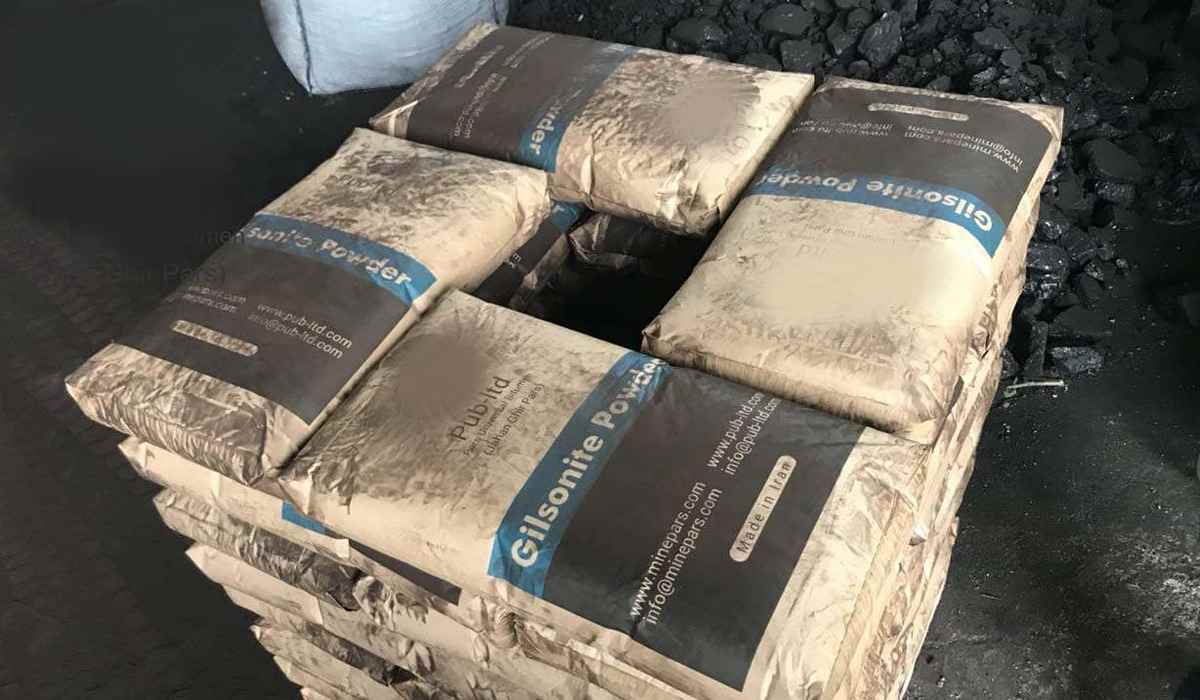
Gilsonite Asphaltum Powder
In the past, asphalt, which is a rigid and glassy type of natural tar, was frequently employed to manufacture coatings for iron and steel that were both aesthetically pleasing and protected against rust
A combination of asphalt and linseed oil, which can be produced in the same manner as the previous varnish, is known to be one of the coatings that last the longest
This sort of coating dries poorly in room temperature, but when baked at high temperatures, it forms a surface that is durable and shiny
Even though the basic concept is the same (resin dissolved in oil), I classify it more as an enamel than a varnish due to the requirement that it be baked
At the beginning of the process of making this kind of enamel, I contacted Renaissance Graphic Arts to place an order for a sizeable quantity of asphalt powder
This specific asphalt comes from a mineral known as Gilsonite, which is mined in the state of Utah and is often regarded as being of the greatest possible quality among the various types of asphalt that are available
After that, I took a mason jar and combined one portion of this asphalt with an equal portion (by weight) of boiled linseed oil and two portions of turpentine
After that, I placed the jar on a warm plate and cooked it very slowly while stirring the contents until they melted together into a single substance

After that, I allowed the jar to cool down gradually without disturbing it because the asphalt contained some insoluble grit that I wanted to give it time to settle before I disturbed it
After the enamel solution had a chance to cool, I started doing experiments with it to figure out the appropriate baking temperature
I began by applying a thin layer of paint on pieces of sheet steel, waited for the turpentine to evaporate, and then subjected the pieces to progressively higher temperatures on my hot plate
It was interesting to discover that significant hardening did not take place until the temperature reached at least 200 degrees Celsius
Even after being baked for three hours at a temperature of 150 degrees Celsius, the enamel would continue to be soft and sticky; yet, at a temperature of 220 degrees Celsius, it would become completely firm after one hour
The hardened films that were formed in this manner maintained the sheen of the freshly painted enamel despite the fact that they were not scratchable with a fingernail
However, they were also flexible enough to be bent, and in general, this enamel appears to be similar to the metal that it is coated with
After making that decision, I turned an aluminum cylinder that had a recess in it so that it could be enameled
I painted a more complicated object after that
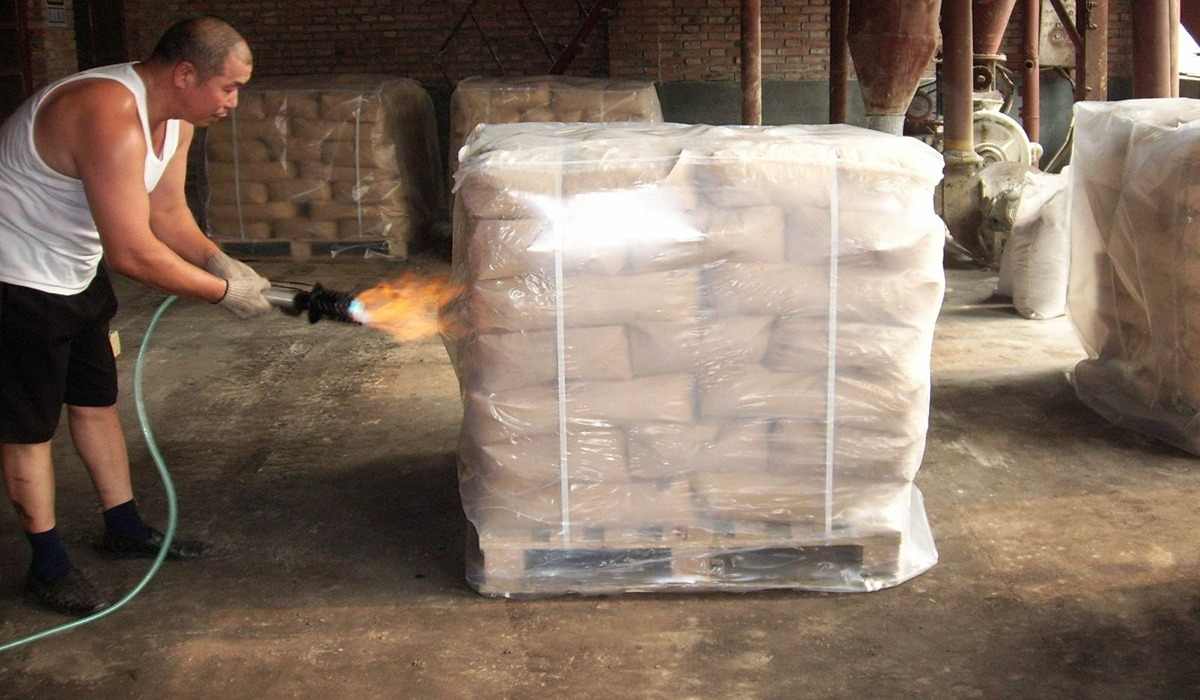
After that, I used a miniature artist’s brush to paint it, making certain that the coating was even and impenetrable
After the solvent had evaporated, I attempted to bake it on my hot plate, but this proved to be ineffective; I then baked it in a small convection oven at temperatures ranging from 200 to 250 degrees Celsius for one hour, at which point the coating had become hard and was no longer susceptible to scratching
The enamel adheres perfectly to the surface of the metal, and it does not have a propensity to run or sag during either the painting or baking procedures
The finished results are quite pleasing to the eye
Because excess enamel can be machined off without cracking or tearing, leaving a clean edge, this material is very well suited for painting castings or plaques due to its advantageous characteristics
In general, I am extremely happy with the outcomes, and I have no doubt that I will make use of this kind of coating in the projects that I undertake in the future

Gilsonite Powder for Japanning
Japanning is a process that was invented in Western Europe about the year 1620 for the purpose of rust-proofing and polishing metal and iron products
It was then transferred to the United States around the year 1815
The lacquer equivalent of the term “japanning
” It began to gain popularity when black lacquered furniture from Japan began to be transported into the United States and offered for sale to customers there
Henry Ford is credited with having first used the term “asphalt bake” to describe the process of coating his early Model T automobiles with a mineral known as Gilsonite, which is also known as asphalt
When cellulose lacquer-based paints were available, machine tool manufacturers like South Bend coated their machines with paint rather than using the Japanning process until the late 1920s or early 1930s
After that, they shifted to using paint coatings on their machines
As a result of the development of the tinplating technique in the 1880s, japaning was also supplanted in certain industrial processes
Gilsonite was transformed from its natural state as a solid mineral into a liquid for use in the industry by first heating the raw material, followed by combining it with turpentine, linseed oil, and lamp black for the color
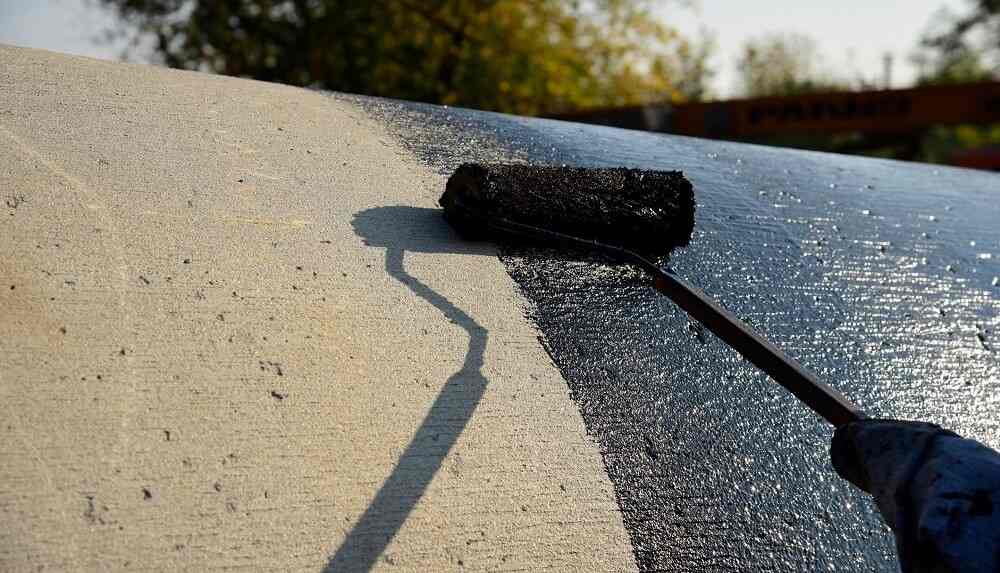
This process is known as Japanning
In its most basic form, it is a diluted and liquid version of bitumen
The coating that was produced by this process was baked onto the surface of various metal tools and components in many coats
The crystalline structure of the Gilsonite resolidified as it dried, producing a surface that was hard and almost completely impenetrable
This prevented rust from developing on the surface
In point of fact, I’ve read two distinct accounts of the drying process
One of them claims that the finish was able to harden quickly thanks to turpentine-based solvents, which allowed the solvents to evaporate quickly
The second method was one in which multiple coatings were applied individually before being cured in an oven at a temperature of approximately 400 degrees Fahrenheit
This method is analogous to that of modern-day powder coating, although it was initially administered in liquid form
I have a sneaking suspicion that both approaches were eventually utilized, with the choice likely being made based on how complex the production procedure was
